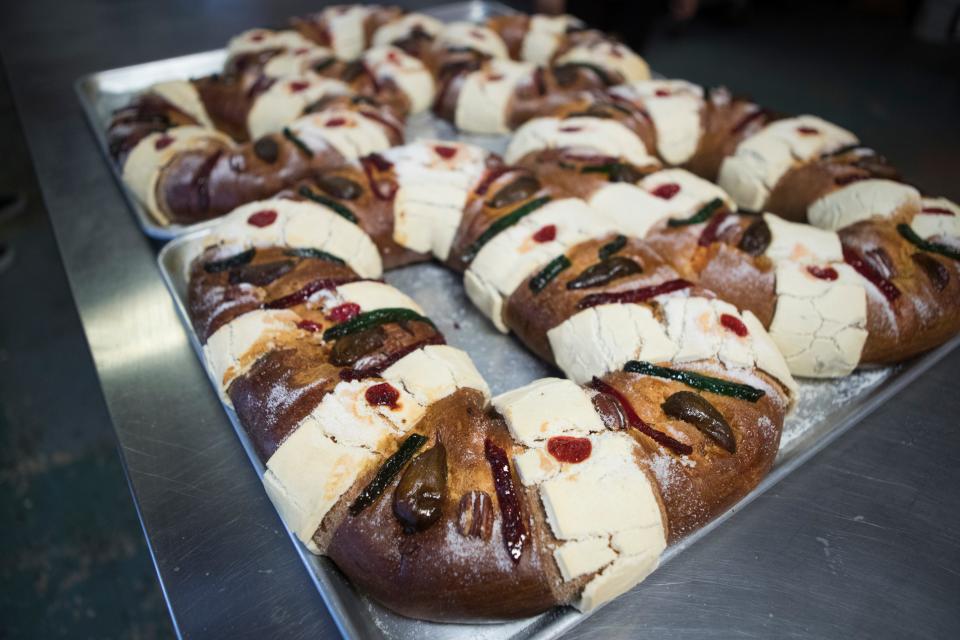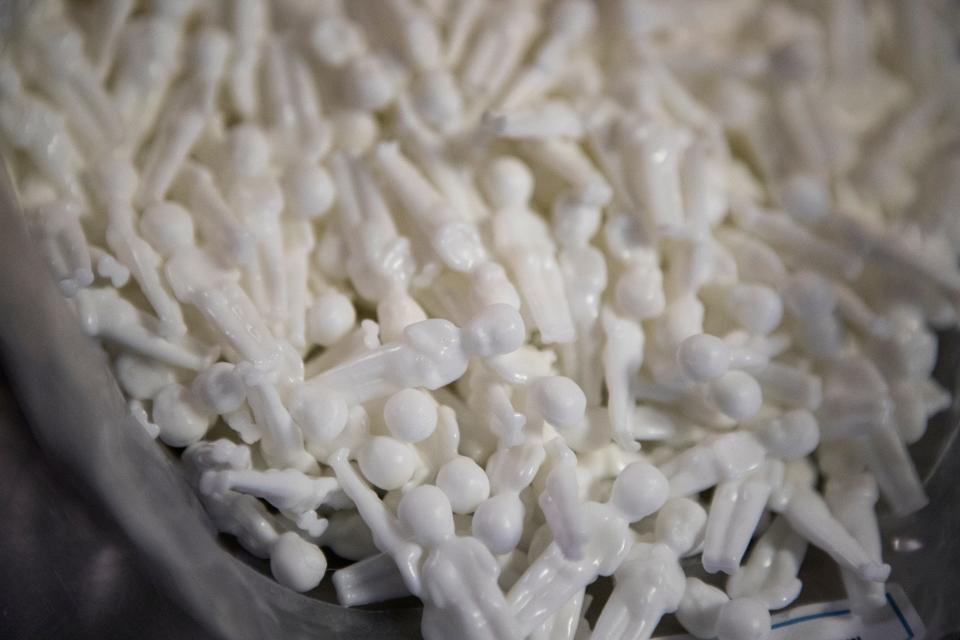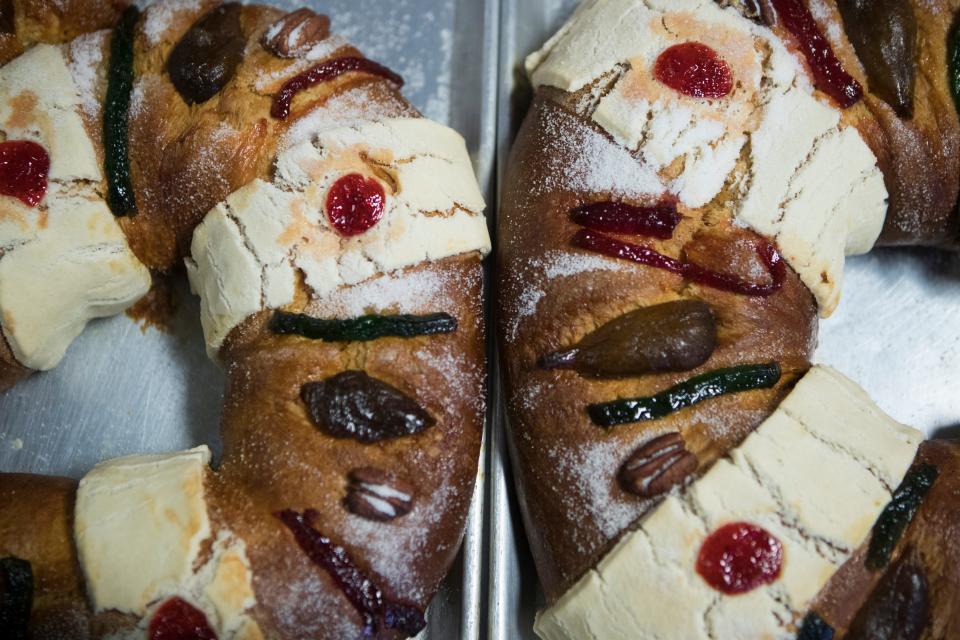5 things to know about Día de los Reyes, or Three Kings' Day
- Oops!Something went wrong.Please try again later.
- Oops!Something went wrong.Please try again later.
Día de los Reyes, or Three Kings’ Day, is a holiday celebrated across Latin America, Spain and Hispanic communities throughout the U.S.
The holiday is celebrated on Jan. 6, which for many also marks the end of the holiday season on the 12th day of Christmas.
Why is Día de los Reyes celebrated?
Three Kings’ Day celebrates the adoration of baby Jesus by the three kings, wise men or Magi. The three kings traveled across the desert while following a star for 12 days until they reached Bethlehem, where they presented Jesus with gifts.
How is the Día de los Reyes celebrated?
While traditions may vary depending on where they are celebrated, it’s common for children to leave their shoes by the door or under the Christmas tree for the kings to leave presents for them.
Many families also leave carrots, grass and other treats for the horse, camel and elephant upon which the kings ride.

Children will write letters to the kings in the days before the celebration and oftentimes, the letters will be attached to helium balloons before being released into the sky.
What is a Rosca de Reyes?
On the night of the celebration, families traditionally gather and share the coveted Rosca de Reyes cake that is topped with candied fruit and powdered sugar, meant to resemble a king’s crown. The rosca, which means “wreath,” is typically accompanied by hot chocolate or atole, a hot traditional Mexican drink derived from corn.

A small, white plastic figurine of baby Jesus is baked into the bread and hidden for whoever finds it – that person is expected to host a party with tamales on Feb. 2, Día de la Candelaria.
The doll is meant to symbolize the hiding of baby Jesus from King Herod’s troops. Depending on the size of the cake, there could be multiple figurines hidden.

In Mexico City, thousands gather every year to eat a mile-long Rosca de Reyes on the eve of the holiday. The celebration has drawn more than 200,000 people in past years.
Have a news tip or story idea about the border and its communities? Contact the reporter at josecastaneda@arizonarepublic.com or connect with him on X, formerly known as Twitter, @joseicastaneda.
This article originally appeared on Arizona Republic: 5 things to know about Día de los Reyes, or Three Kings' Day

